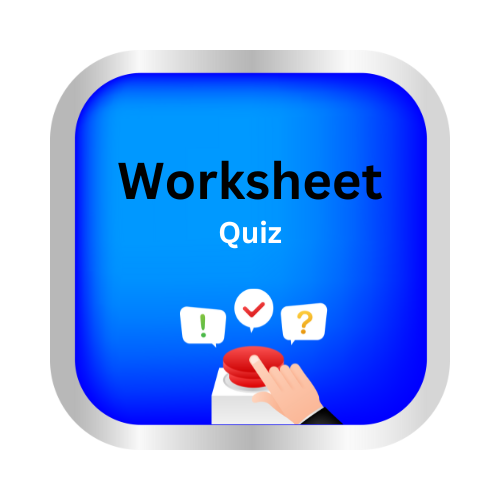Form the progressive verb tenses
Key Notes :
🌟 Form the Progressive Verb Tenses 🌟
Progressive verb tenses show that an action is ongoing, happening now, or was happening at a certain time. They are also called continuous tenses.
| Present Progressive (Present Continuous) 🟢 |
Form: am / is / are + verb + ing
Use: To describe actions happening right now.
Examples:
- I am reading a book. 📖
- She is playing football. ⚽
- They are studying for the test. ✏️
✅ Tip: “I → am”, “He/She/It → is”, “We/You/They → are”
| Past Progressive (Past Continuous) 🔵 |
Form: was / were + verb + ing
Use: To describe actions that were happening at a specific time in the past.
Examples:
- I was watching TV yesterday. 📺
- They were playing outside when it rained. 🌧️
- He was reading while she was cooking. 🍳
✅ Tip: “I/He/She/It → was”, “We/You/They → were”
| Future Progressive (Future Continuous) 🟣 |
Form: will be + verb + ing
Use: To describe actions that will be happening at a specific time in the future.
Examples:
- I will be studying at 8 p.m. tonight. 🕗
- She will be traveling to Paris next week. ✈️
- They will be playing in the park tomorrow. 🌳
✅ Tip: Always use will be for future progressive.
| Quick Rules to Remember ✅ |
- Add -ing to the base verb.
- Exceptions: verbs ending in e, drop the e →
make → making. - Single vowel + single consonant → double consonant →
run → running. - Use the correct helping verb (am/is/are, was/were, will be) depending on tense.
- Progressive tenses focus on duration or ongoing actions, not completed actions.
| Example Table for Easy Memory 📝 |
| Tense | Helping Verb | Example | Emoji |
|---|---|---|---|
| Present Progressive | am / is / are | I am eating | 🍎 |
| Past Progressive | was / were | She was singing | 🎤 |
| Future Progressive | will be | They will be swimming | 🏊 |
| Fun Tip for Students 🎉 |
Think of “-ing” verbs as action in motion! 🚀
- If it’s happening now → Present Progressive
- If it was happening yesterday → Past Progressive
- If it will happen tomorrow → Future Progressive

